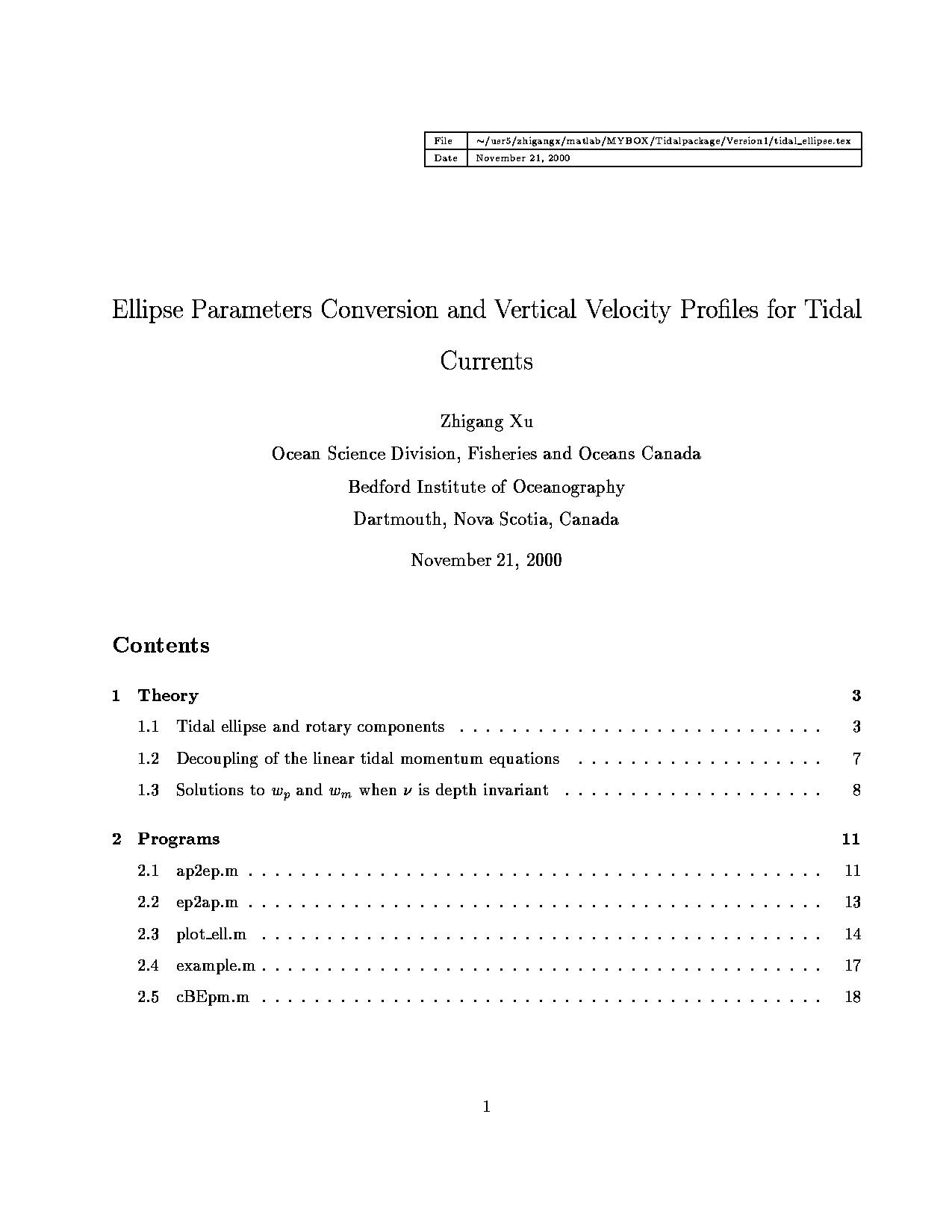Harmonic Analysis of Current Velocity
From BAWiki
Motivation
For almost any location within an estuary the current velocity can be decomposed into a periodic part driven by the tides (astronomical and shallow water tides) as well as a non-periodic part driven by river runoff, meteorological effects as well as local topographic features.

For each tidal constituent the tip of the current velocity vector describes an ellipse, the tidal ellipse (see accompanying figure). Within each period of the respective tidal constituent a full rotation is executed. Characteristic parameters for a tidal ellipse are semi major axis, semi minor axis, inclination of tidal ellipse as well as its eccentricity. In dependence on eccentricity the ellipse degenerates either to a circle (eccentricity +1.0 or -1.0) or a straight line (eccentricity 0.0). The beforementioned parameters are well suited to describe the tidal influence on current velocity.
Basic Concepts
Basic informations on Tidal Harmonic Analysis are presented in Harmonic Analysis of Water Level. The methods used to compute various ellipse parameters using program NCANALYSE are described in more detail in publication  .
.
Definition of Characteristic Numbers
Residual Tidal Constituent Velocity (Vres)
Residual value of current velocity (computed from harmonic analysis) within the period of data analysis.
The residual is computed for permanently wet locations only.
Amplitude of Tidal Constituent Velocity
Phase of Tidal Constituent Velocity
Error in Amplitude of Tidal Constituent Velocity
Error in Phase of Tidal Constituent Velocity
Semi Major Axis of Tidal Constituent Ellipse
Semi Minor Axis of Tidal Constituent Ellipse
Eccentricity of Tidal Constituent Ellipse
back to Analysis of Calculated Results
